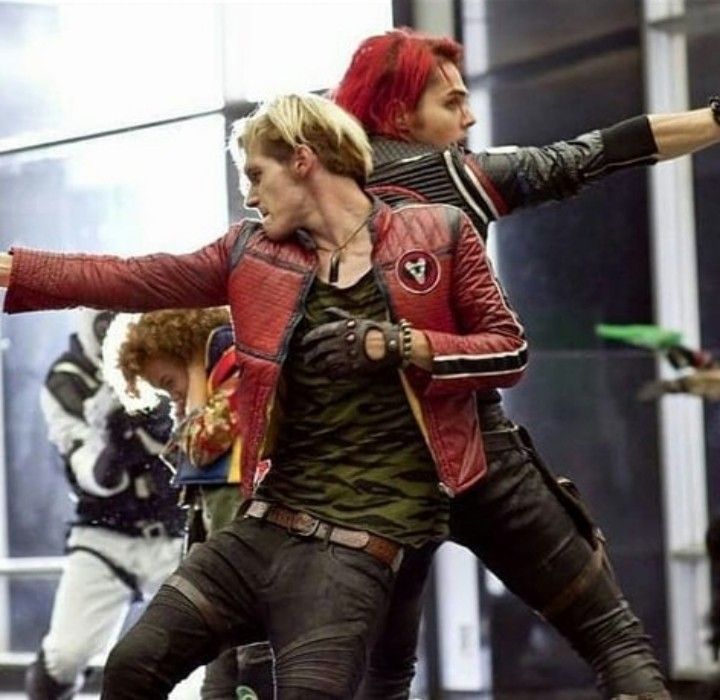Costume decisions
Cards (14)
- Mr Birling - ill fitting white dress shirt with top button undone
- Mr Birling - black dinner jacket and trousers
- Mrs Birling - long, floor-length, well-fitting red velvet dress
- Mrs Birling - matching red velvet gloves
- Mrs Birling - diamond accessories (neckalce, earrings, etc)
- Sheila - medium-length, well fitting, green silk evening gown
- Sheila - matching green gloves
- Sheila - purple accessories
- Eric - creased, white dress shirt with multiple buttons undone
- Eric - messy hair
- Gerald - well-fitting white dress shirt
- Gerald - black dinner jacket and trousers
- The Inspector - long, dark brown trench coat
- The Inspector - dark blue suit
